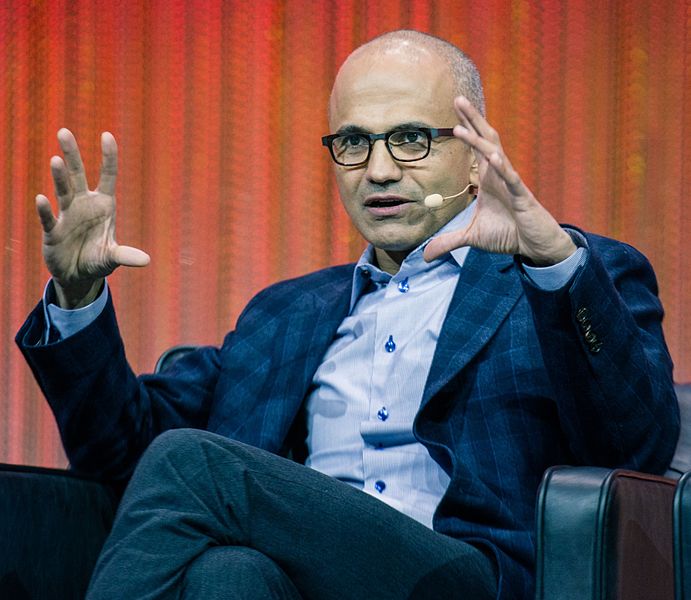 NEWS
NEWS
 NEWS
NEWS
 NEWS
NEWS
Not long ago, Microsoft’s failure to reach a Windows shipment goal would have sent the stock into the tank. But how times have changed. Microsoft stock barely moved in the wake of last week’s announcement that it would miss its goal of having Windows 10 on 1 billion devices in two years’ time. Instead, investors are bidding up the stock more than four percent in after-hours trading on revenues that topped expectations and earnings that crushed estimates.
Microsoft’s fourth-quarter revenues of $22.6 billion easily beat consensus estimates of $22.1 billion. Its earnings per share of 69 cents eclipsed expectations of 58 cents per share by an impressive margin. Even more impressive was the breakout of cloud revenues, which saw double- to triple-digit growth across the board. Microsoft also reaffirmed financial guidance for the rest of the calendar year.
Analysts were impressed. “Once the full Azure stack is engaged on-premises, it can grow even faster,” said Patrick Moorhead (@PatrickMoorhead), president & principal analyst at Moor Insights & Strategy. “It’s a two-horse race right now with Amazon. If you had asked people two years ago if that was a possibility, they would have called you crazy.”
Analysts pressed Nadella on the company’s earnings call to differentiate Microsoft’s cloud strategy from that of Amazon Web Services LLC. Microsoft takes a fundamentally different view of Azure cloud users, Nadella said. “Pretty much anyone who is a customer of Azure is also in some form an ISV [independent software vendor],” he said. “They are taking some of their assets and converting them to says applications on Azure.”
Microsoft’s cloud strategy is focused on building what the CEO called “hyper scale plus hybrid. This helps us with enterprise customers, because we meet them where their reality is,” he said, adding that Microsoft has see strong support from both commercial developers and customers for the tool sets it provides for customizing SaaS applications, another factor that distinguishes it from AWS.
“This, I think, was what the Microsoft board was looking for when they chose Nadella,” said Rob Enderle (@Enderle), founder of the Enderle Group. “Microsoft had lost focus on the future and was occupied with Apple and Google. Nadella focused the firm back on customers and on Microsoft’s historic strengths and the end result is a return to massive growth and far better internal morale.”
Like most other technology giants trying to turn the corner into cloud providers, Microsoft is still seeing its revenue slide, but not by much. For the fiscal year ended June 30, Microsoft reported $92 billion in revenue, compared to $93.58 billion a year ago. Quarterly revenues, however, were actually up slightly from last year’s $22.18 billion, despite a 4.5 percent drop in PC shipments.
Cloud aside, Microsoft needs to fix the problem of under-performing Windows 10 migration, Moorhead said. “Windows Anniversary Edition is robust and full of new features and it will be dependent on Microsoft and its partners to make it matter in the marketplace,” he said. “I’m optimistic in the consumer market, but even more optimistic in commercial markets where the value proposition of security and scalability are strong.”
Support our mission to keep content open and free by engaging with theCUBE community. Join theCUBE’s Alumni Trust Network, where technology leaders connect, share intelligence and create opportunities.
Founded by tech visionaries John Furrier and Dave Vellante, SiliconANGLE Media has built a dynamic ecosystem of industry-leading digital media brands that reach 15+ million elite tech professionals. Our new proprietary theCUBE AI Video Cloud is breaking ground in audience interaction, leveraging theCUBEai.com neural network to help technology companies make data-driven decisions and stay at the forefront of industry conversations.